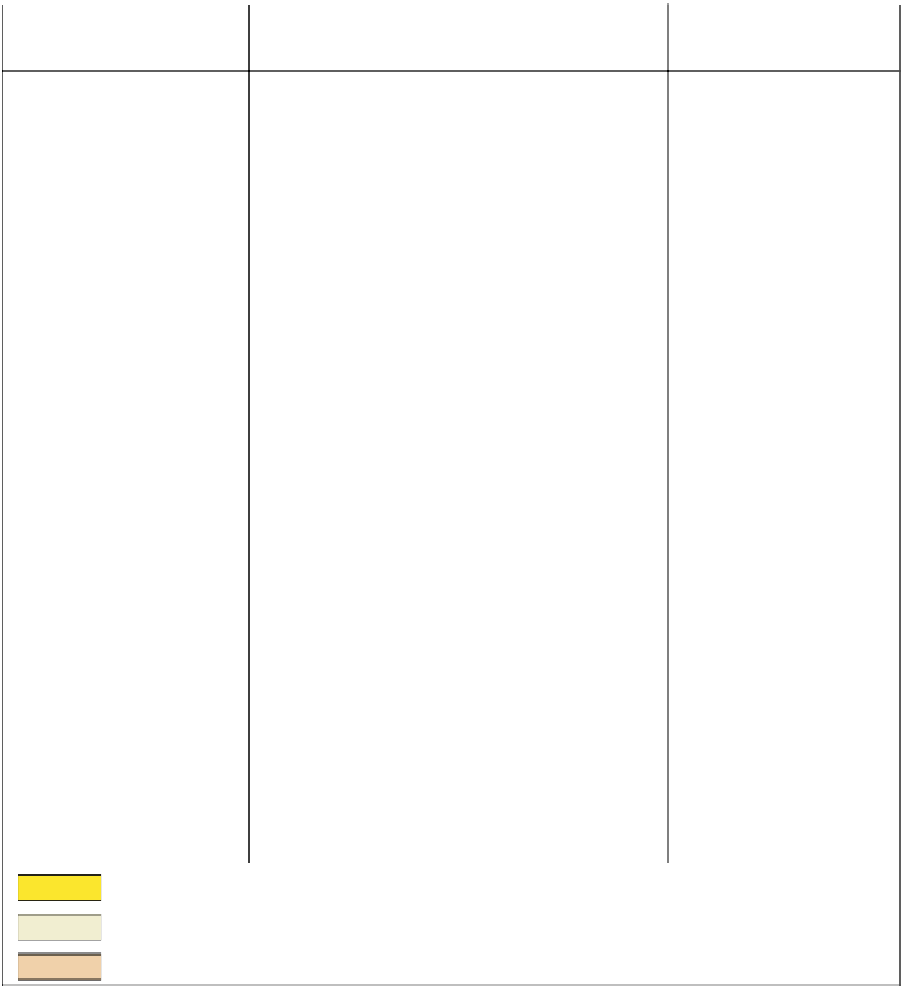Geoscience Reference
In-Depth Information
Statfjord
33/12-2
CDP, Snorre Field
(Based on 18 cored wells)
Gullfaks H.
34/10-13
850
800
ULF1 Top
ULF1 Top
750
700
MLF Top
650
MLF Top
600
550
500
450
400
350
LLF Top
L
LF Top
300
250
200
150
100
50
ALKE Top
A
LKE Top
0
0
0.2
0.4
0.6
0.8
1
Channel sandstone fraction
More than 75% of ch. sandstone
A/S rise
40%-75% of ch. sandstone
Gamma log
A/S fall
Less than 40% of ch. sandstone
Fig. 4.
Channel deposit proportion (CDP) in the Lunde Formation from the Snorre Field, compared with well logs from the
Statfjord and Gullfaks H fields. The CDP trend line illustrates the general fining upward in the Lunde Formation and how
the rate of accommodation (A)
versus
rate of sedimentation (S) (A/S) can be inferred to have changed during deposition of
all the allostratigraphic units in the Lunde Formation.
of individual channel infill successions, frequent
internal erosional surfaces and pebble beds. They
are interpreted to have been formed in highly
mobile braided stream channels and channel
belts, forming sheet-like multi-storey and multi-
lateral composite sandstone units with lateral
extents of several kilometres (Table 5, Figs 3 and 6).
Channel infill successions floored by extrabasinal
pebble beds are inferred to represent high-energy
flood events and internal erosional surfaces as
cut-and-fill structures caused by fluctuating flow
energy. Occasional distinct fining-upward chan-
nel infill successions may indicate periodical dis-
section of the floodplain by single, narrow stream
channels. Coal fragments probably represent plant
debris that has been coalified during periods with
high groundwater level in parts of the alluvial
basin.














































































































Search WWH ::

Custom Search